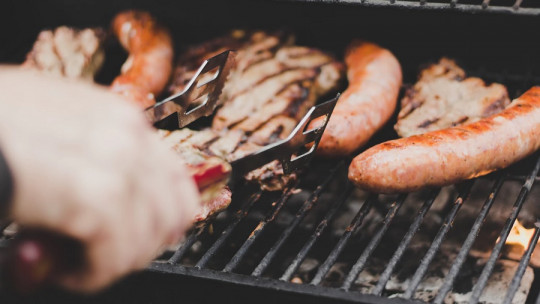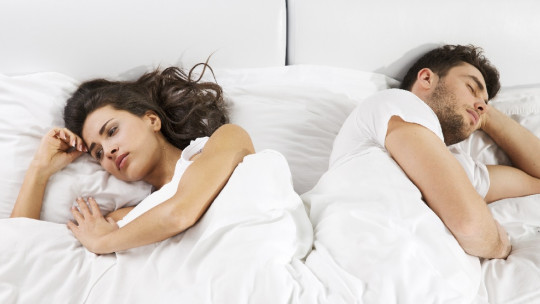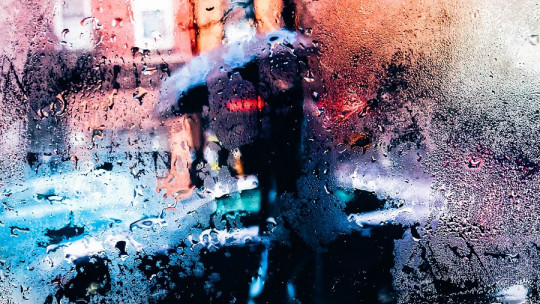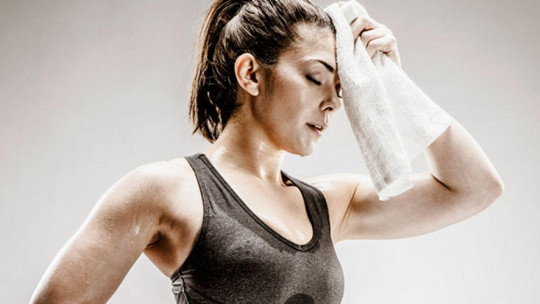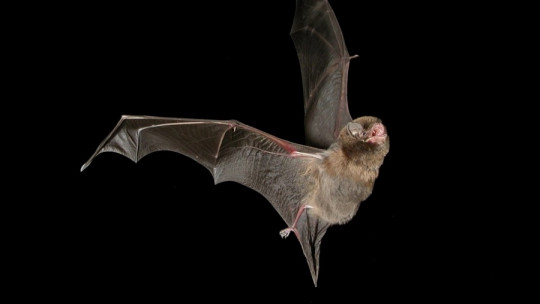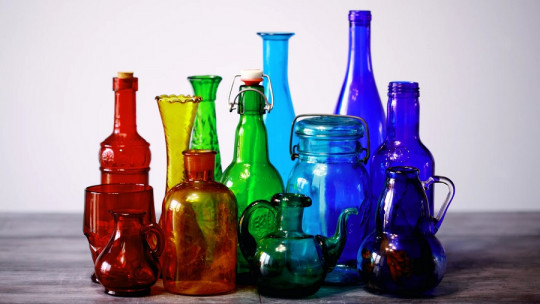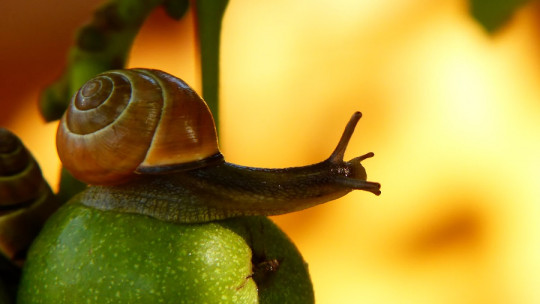
Blenophobia is the persistent and intense fear of slimy textures These textures include, for example, some foods, body fluids, and the skin of different animals. It is an experience that is poorly documented and frequently confused with an aversion.
In this article we will see what blenophobia is, what are the conditions that must be met to be considered a specific phobia, and in which cases it can be considered an aversion. Finally we will see some treatments for each case.
Blenophobia: fear of viscosity
The term “bleno” is composed of the Greek “blennos”, which means “mucus”, and “phobos” which means “phobia”. In this sense, blenophobia can be defined as a persistent and intense fear to mucous or viscous consistencies To be considered a phobia, this fear must provoke an immediate and disproportionate anxiety response; and it should not be justified by the person’s cultural codes (it is thus considered an irrational fear).
Furthermore, to be considered a phobia, this fear must significantly interfere with the person’s daily activities. That is, the fear of exposing oneself to viscous textures would generate both anxiety symptoms and constant avoidance of said exposure
Some examples of textures to which blenophobia refers are the skin of a snail or a fish, the consistency of an egg and raw meat, or one’s own and other people’s body fluids. All of them represent stimuli capable of developing a phobic fear.
However, the fear of viscosity It has not been described by the scientific literature as a specific phobia This is already the case, although it is quite common for viscous textures to generate rejection, it is not so common for them to generate phobic fear.
This rejection often produces significant aversion, but does not necessarily interfere with the person’s daily activities or trigger disproportionate anxiety responses. In this sense, it is important to remember that not all aversions are phobias, but some phobias can be accompanied by different aversions.
Phobia or aversion? Main symptoms
As we saw before, the main characteristic of specific phobias is irrational, persistent and intense fear, which generates disproportionate anxiety responses. These responses occur due to the activation of the autonomic nervous system, which is responsible for regulating involuntary motor responses in our body. These include visceral activity, breathing, palpitations, among others.
Thus, the response triggered by exposure to the stimulus that causes the phobia generates sweating, hyperventilation or a feeling of suffocation, increased heart rate, decreased gastrointestinal activity. And sometimes it causes nausea, dizziness and panic attacks (the latter are more common in specific phobias related to diseases).
Furthermore, this anxiety response significantly interferes with the person’s life, since, to avoid it, those who experience it generate avoidant and defensive behaviors. For example, avoiding places or circumstances where the stimulus is present.
On the other hand, specific phobias are considered as such in case the fear and anxiety cannot be explained by other clinical conditions (such as obsessive-compulsive disorder, post-traumatic stress disorder, or social phobia).
In the case of blenophobia, one would try to avoid contact with any slimy texture, since otherwise a significant anxiety experience is triggered. The latter should not be able to be explained by other means, for example, it should not be one of the manifestations of other diagnoses where frequently there is an important sensitivity to textures
On the other hand, an aversion can be defined as the strong repulsion to touch, try or listen to things, to which most people are indifferent or even find pleasant (Bados, 2005). They are similar to phobias in that they cause discomfort and are generated by specific stimuli.
However, they differ in that the discomfort does not interfere with the person’s life, and they are also different in the general symptoms. Aversions cause chills, paleness, cold, deep breathing and sometimes nausea. Some of the most typical are precisely aversions to textures.
Main causes
The causes of specific phobias are mainly the following:
For its part, aversions are generated by the reinforcement of unpleasant sensations associated with the stimulus, accompanied by a constant reinforcement of avoidant behaviors related to it. Although they do not usually significantly affect the person’s life, they can generate constant avoidance behaviors, which in extreme cases could lead, for example, to avoiding the same foods under any circumstances.
Treatment
The most commonly used psychological treatments for specific phobias are in vivo exposure, participant modeling, cognitive restructuring, introspective exploration, imaginative exposure, relaxation techniques, systematic desensitization, and modeling. The latter is especially useful in children and when there is a need to teach different skills.
For their part, aversions usually decrease without the need for treatment, but In extreme cases, graduated exposure may be used that allows for a non-aversive approach to the stimulus.

